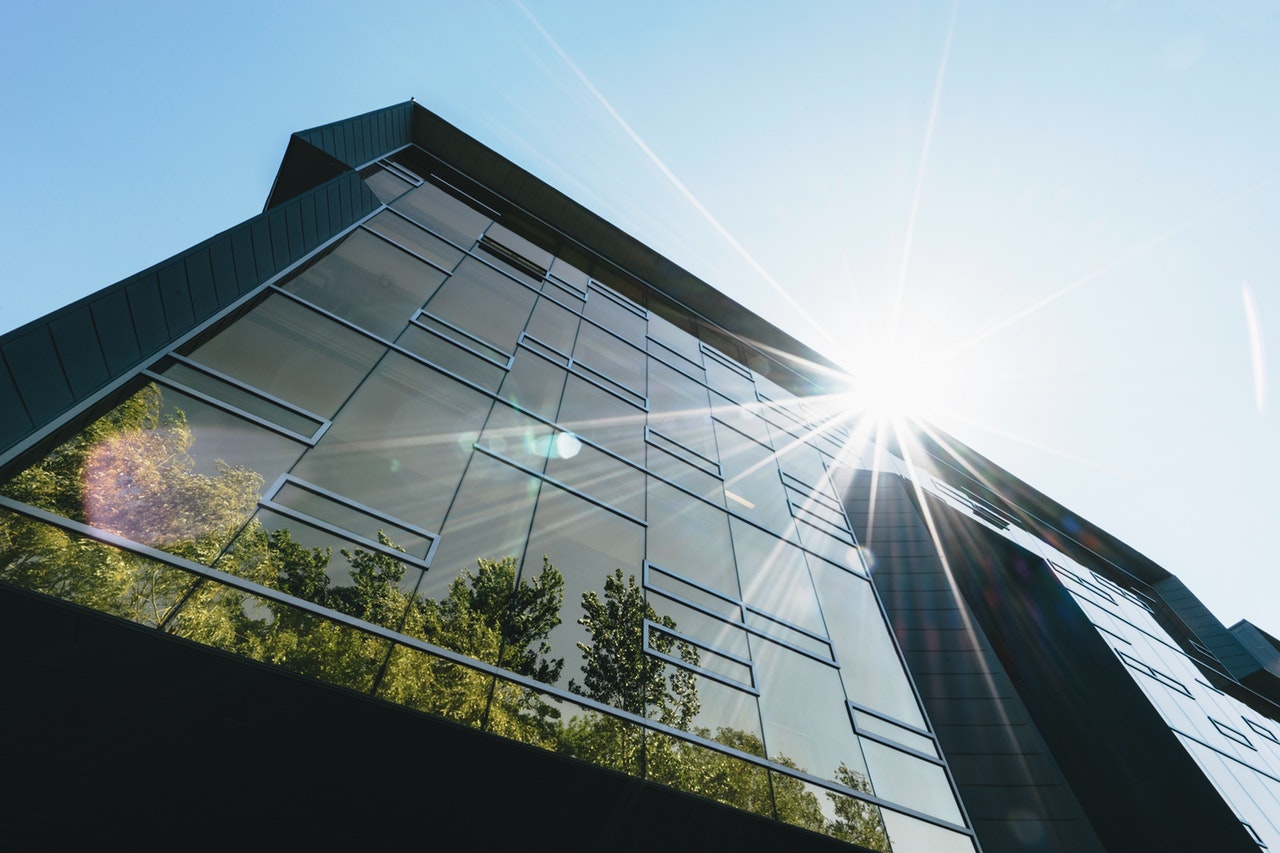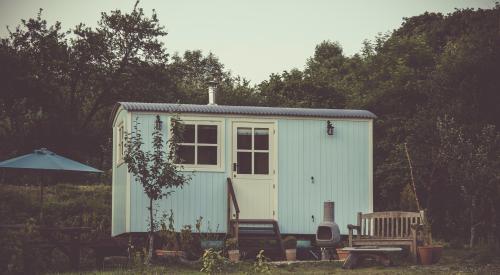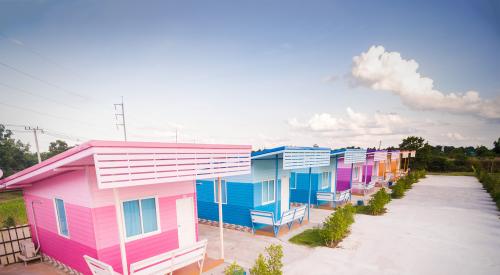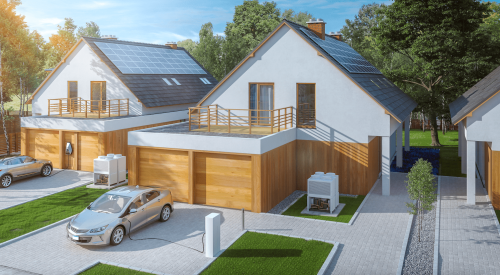The International Code Council recently released the 2018 International Energy Conservation Code. Notable updates include: a reorganized Commercial Mechanical Section that gathers all provisions for a type of equipment or system in one place; a new requirement that hotel guest room HVAC system controls automatically adjust when the room is unoccupied; and improved provisions for lighting controls, such as occupant sensors, daylight response controls, and time-based switch controls.
One expert says that understanding changes between code versions should always be a top priority. “Some home builders may need to learn new techniques,” says Christine Brinker, senior associate, Buildings Efficiency Program at the Southwest Energy Efficiency Project, a public interest organization promoting greater energy efficiency in Arizona, Colorado, Nevada, New Mexico, Utah, and Wyoming. “They may want to get up to speed on these anyway,” Brinker adds, “since their competitors might know them. Training on a new code is typically only available in the first few years after the new code is released, so they shouldn’t delay.”
The 2018 IECC requires that commercial buildings set aside roof space for future installation of solar collectors and the connections and wiring for integrating them into building systems. Many metros are also currently exploring or implementing green roof installations. For example, Denver’s Green Roof Initiative, passed in November 2017, requires new and existing buildings that exceed 25,000 square feet, and residential buildings taller than four stories and greater than 25,000 square feet to include rooftop gardens, potentially in combination with solar panels. The bill creates technical standards and an advisory group to ensure that the code stays up to date and that the rooftops are built properly.
The IECC also encourages use of new, smarter technological advances. “The 2015 IECC introduced another pathway for meeting the code, the Energy Rating Index or ERI,” Brinker says, adding, “This just adds more flexibility for builders. The 2018 IECC includes information on how on-site renewable energy can be part of that calculation.”












